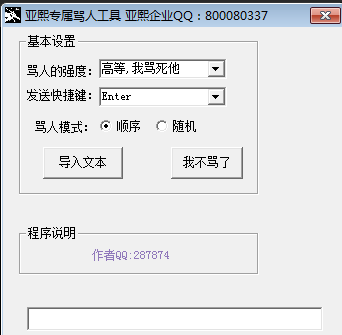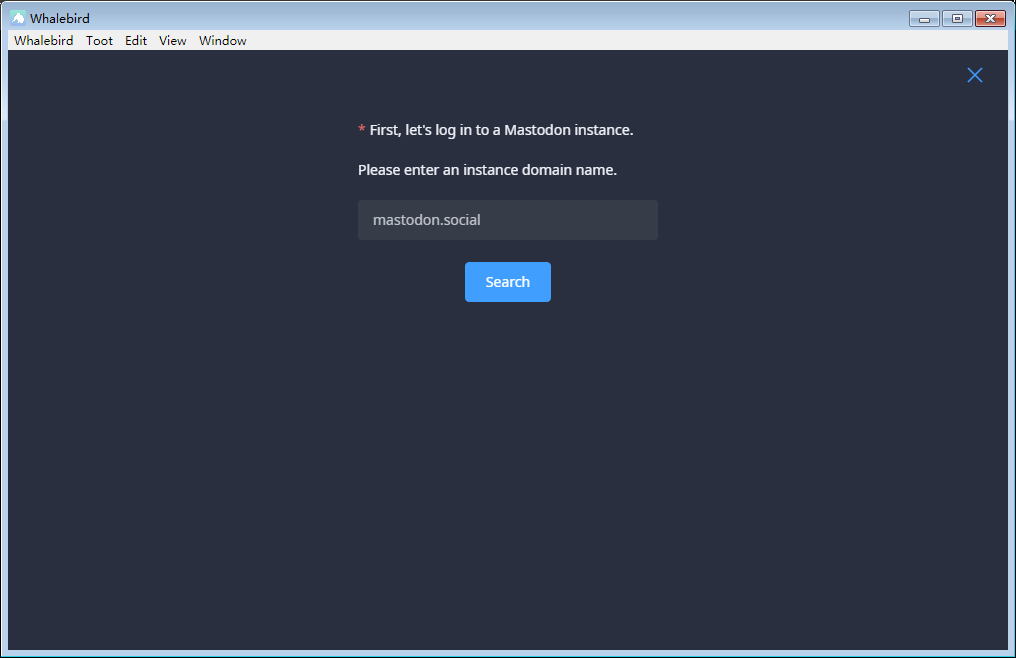JDBC学习笔记:CRUD
时间:2022-03-14 02:15
1.建立数据库
1 --创建数据库 2 create database jdbc; 3 4 --选择调用jdbc数据库 5 use jdbc; 6 7 --创建user表,id:设置为主键 8 create table user 9 ( 10 id integer not null auto_increment primary key, 11 name varchar(45) not null, 12 birthday Date, 13 money float 14 ); 15 16 --向表中插入数据 17 insert into user(name,birthday,money) 18 values(‘zhangsan‘, ‘1985-01-01‘, 100), 19 (‘lisi‘, ‘1986-01-01‘, 200), 20 (‘wangwu‘, ‘1987-01-01‘, 300);
2.JDBC操作的基本步骤
(1)加载驱动:只需加载一次
(2)建立连接:建立与数据库的连接,DriverManager.getConnection(url,username,password); url格式:jdbc:协议名称:子名称//主机地址:端口号/数据库名称 username:数据库用户名 password:密码
(3)创建语句
(4)执行语句
(5)处理执行结果
(6)关闭连接,释放资源
1 import java.sql.Connection;
2 import java.sql.DriverManager;
3 import java.sql.ResultSet;
4 import java.sql.SQLException;
5 import java.sql.Statement;
6
7 public class Demo {
8
9 public static void main(String[] args) throws ClassNotFoundException, SQLException {
10 // 加载驱动
11 Class.forName("com.mysql.jdbc.Driver");
12
13 // 建立连接 url格式 - jdbc:子协议:子名称//主机名:端口/数据库名?属性名=属性值&…
14 Connection conn = DriverManager.getConnection("jdbc:mysql://localhost:3306/jdbc","root","1234");
15
16 // 创建语句
17 Statement st = conn.createStatement();
18
19 // 执行语句
20 ResultSet rs = st.executeQuery("select * from user");
21
22 // 处理结果,打印user表中的id字段
23 while(rs.next()) {
24 System.out.println(rs.getInt("id"));
25 }
26
27 //关闭连接,释放资源
28 rs.close();
29 st.close();
30 conn.close();
31 }
32 }
【运行结果】:
1 zhangsan
2 lisi
3 wangwu
3.自建工具包
(1)创建连接和释放资源的工具包
1 2
3 import java.sql.Connection;
4 import java.sql.DriverManager;
5 import java.sql.ResultSet;
6 import java.sql.SQLException;
7 import java.sql.Statement;
8
9 public final class JdbcUtils {
10
11 private static String url = "jdbc:mysql://localhost:3306/jdbc";
12 private static String user = "root";
13 private static String password = "1234";
14
15 private JdbcUtils(){}
16
17 static {
18 try {
19 Class.forName("com.mysql.jdbc.Driver");
20 } catch (ClassNotFoundException e) {
21 throw new ExceptionInInitializerError(e);
22 }
23 }
24
25 public static Connection getConnection() throws SQLException {
26 return DriverManager.getConnection(url, user, password);
27 }
28
29 public static void free(ResultSet rs, Statement st, Connection conn) {
30 try {
31 if (rs != null) {
32 rs.close();
33 }
34 } catch (SQLException e) {
35 e.printStackTrace();
36 } finally {
37 try {
38 if (st != null)
39 st.close();
40 } catch (SQLException e) {
41 e.printStackTrace();
42 } finally {
43 if (conn != null)
44 try {
45 conn.close();
46 } catch (SQLException e) {
47 e.printStackTrace();
48 }
49 }
50 }
51 }
52 }
(2)利用单利设计模式创建的工具包,用于建立连接和释放资源
1
2 3 import java.sql.Connection; 4 import java.sql.DriverManager; 5 import java.sql.ResultSet; 6 import java.sql.SQLException; 7 import java.sql.Statement; 8 9 public class JdbcUtilsSing { 10 11 private String url = "jdbc:mysql://localhost:3306/jdbc"; 12 private String user = "root"; 13 private String password = "1234"; 14 15 private static JdbcUtilsSing instance = null; 16 17 private JdbcUtilsSing() { 18 19 } 20 21 public static JdbcUtilsSing getInstance() { 22 23 if (instance == null) { 24 synchronized(JdbcUtilsSing.class) { 25 if (instance == null) 26 instance = new JdbcUtilsSing(); 27 } 28 } 29 return instance; 30 } 31 32 static { 33 try { 34 Class.forName("com.mysql.jdbc.Driver"); 35 } catch (ClassNotFoundException e) { 36 throw new ExceptionInInitializerError(e); 37 } 38 } 39 40 public Connection getConnection() throws SQLException { 41 return DriverManager.getConnection(url, user, password); 42 } 43 44 public void free(ResultSet rs, Statement st, Connection conn) { 45 try { 46 if (rs != null) { 47 rs.close(); 48 } 49 } catch (SQLException e) { 50 e.printStackTrace(); 51 } finally { 52 try { 53 if (st != null) 54 st.close(); 55 } catch (SQLException e) { 56 e.printStackTrace(); 57 } finally { 58 if (conn != null) 59 try { 60 conn.close(); 61 } catch (SQLException e) { 62 e.printStackTrace(); 63 } 64 } 65 } 66 } 67 }
4.利用Junit测试CRUD操作
(1)create
1 @Test
2 public void create() throws SQLException {
3 Connection conn = null;
4 Statement st = null;
5 ResultSet rs = null;
6 try {
7 conn = JdbcUtils.getConnection();
8 st = conn.createStatement();
9 String sql = "insert into user(name,birthday,money) values(‘name 1‘,‘1987-01-01‘,400)";
10 int i = st.executeUpdate(sql);
11 System.out.println("i = " + i);
12 } finally {
13 JdbcUtils.free(rs, st, conn);
14 }
15 }
(2)read
1 @Test
2 public void read() throws SQLException {
3 Connection conn = null;
4 Statement st = null;
5 ResultSet rs = null;
6 try {
7 conn = JdbcUtils.getConnection();
8 st = conn.createStatement();
9 rs = st.executeQuery("select id,name,birthday,money from user");
10
11 while(rs.next()) {
12 System.out.println(rs.getInt("id") + "\t" + rs.getString("name") + "\t"
13 + rs.getDate("birthday"));
14 }
15 } finally {
16 JdbcUtils.free(rs, st, conn);
17 }
18 }
(3)update
1 @Test
2 public void update() throws SQLException {
3 Connection conn = null;
4 Statement st = null;
5 ResultSet rs = null;
6 try {
7 conn = JdbcUtils.getConnection();
8 st = conn.createStatement();
9 String sql = "update user set money=money+100";
10 int i = st.executeUpdate(sql);
11 System.out.println("i = " + i);
12 } finally {
13 JdbcUtils.free(rs, st, conn);
14 }
15 }
(4)delete
1 @Test
2 public void delete() throws SQLException {
3 Connection conn = null;
4 Statement st = null;
5 ResultSet rs = null;
6 try {
7 conn = JdbcUtils.getConnection();
8 st = conn.createStatement();
9 String sql = "delete from user where id > 3";
10 int i = st.executeUpdate(sql);
11 System.out.println("i = " + i);
12 } finally {
13 JdbcUtils.free(rs, st, conn);
14 }
15 }



























